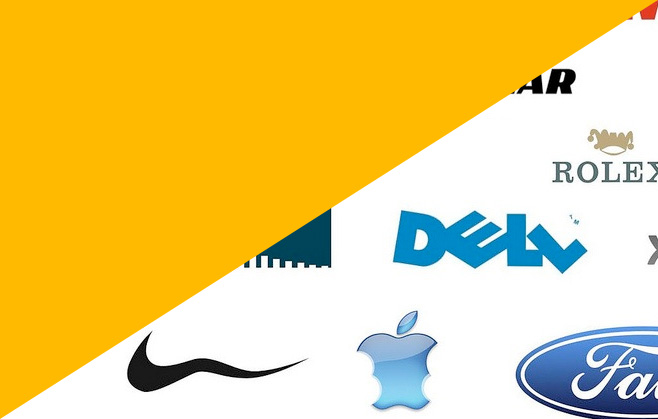
Rebranding: To tweak or transform?
As an agency that undertakes rebranding strategies all the time, even we at The Practice sometimes feel that a major company’s decision to rebrand often looks arbitrary. After all, how can a cosmetic makeover, complete with new logo really help a brand’s success when its identity is already firmly cemented in the eyes of the consumer?
But a corporate rebrand is generally never thought up on a whim. It usually results from a company’s need to get to grips with their identity having never fully ‘hit the mark’ from the outset, or further down the line if an identity overhaul is desired. Even a senior staff change can conclude with a rebrand. Take Steve Jobs’ return to Apple, which came with the significant design re-envisaging we know today. Ultimately, it’s about people wanting to leave their stamp, reboot their company image, and stay relevant in today’s market.
Some undergo rebranding on multiple occasions so that you can literally track their evolution, (see Pepsi for example). Pepsi’s logo change throughout the generations is proof that a rebrand may just come down to a slight redesign, or image tweaks, rather than a major transformation. Comedy TV channel Dave for instance, is another example of where just two moves have accounted for radical success. All that the company did was think up a name change from G2 to Dave, move over to Freeview; the outcome was met with tremendous positive response, so much so that at the time this put it in 4th place as the most popular multi-channel station behind ITV2, ITV3 and E4.
Sometimes all it even takes is a new brand campaign to improve a company’s shortcomings. American clothing label J Crew for example, was seeing dramatic sales losses until they drew upon the 2008 US Presidential inauguration activities, using Michelle Obama as a key endorsing figure. The brand also made its ethos more specific by outlining its classic American staples such as luxury basic sweaters and vests. Similarly Burberry, under the leadership of creative director Christopher Bailey, saw an image perception change thanks to the endorsement of British icons such as Kate Moss and Emma Watson. Both show that using campaigns which remain focused to a key aspect of your brand, whether that be heritage or product, is the first step to pulling newfound success out of failure.
Arguably, Starbucks have had one of the most successful logo rebrands to our mind. Following on from companies such as Nike and Apple who trade merely on their instantly recognizable logos, Starbucks issued a redesign back in March 2011, eliminating wording whilst maintaining a modernized version of its famous imagery.
Of course, there have been some rebranding disasters; do any of you for instance, remember Gap’s two-week long logo redesign? Or when Royal Mail decided to trade on its new name, Consignia? The reasoning for the move was understandable- Royal Mail wanted to signify a transition towards semi-independence in its operations, but this was evidence that it’s never a good idea to confuse the consumer by throwing internal company issues into the mix.
Has your company undertaken one or several rebrands, or ever considered this? And how do you respond to your favourite brands who update their image? We’d love to hear your thoughts, so please tweet to us and follow @PracticeDigital and ‘like’ us on Facebook.




